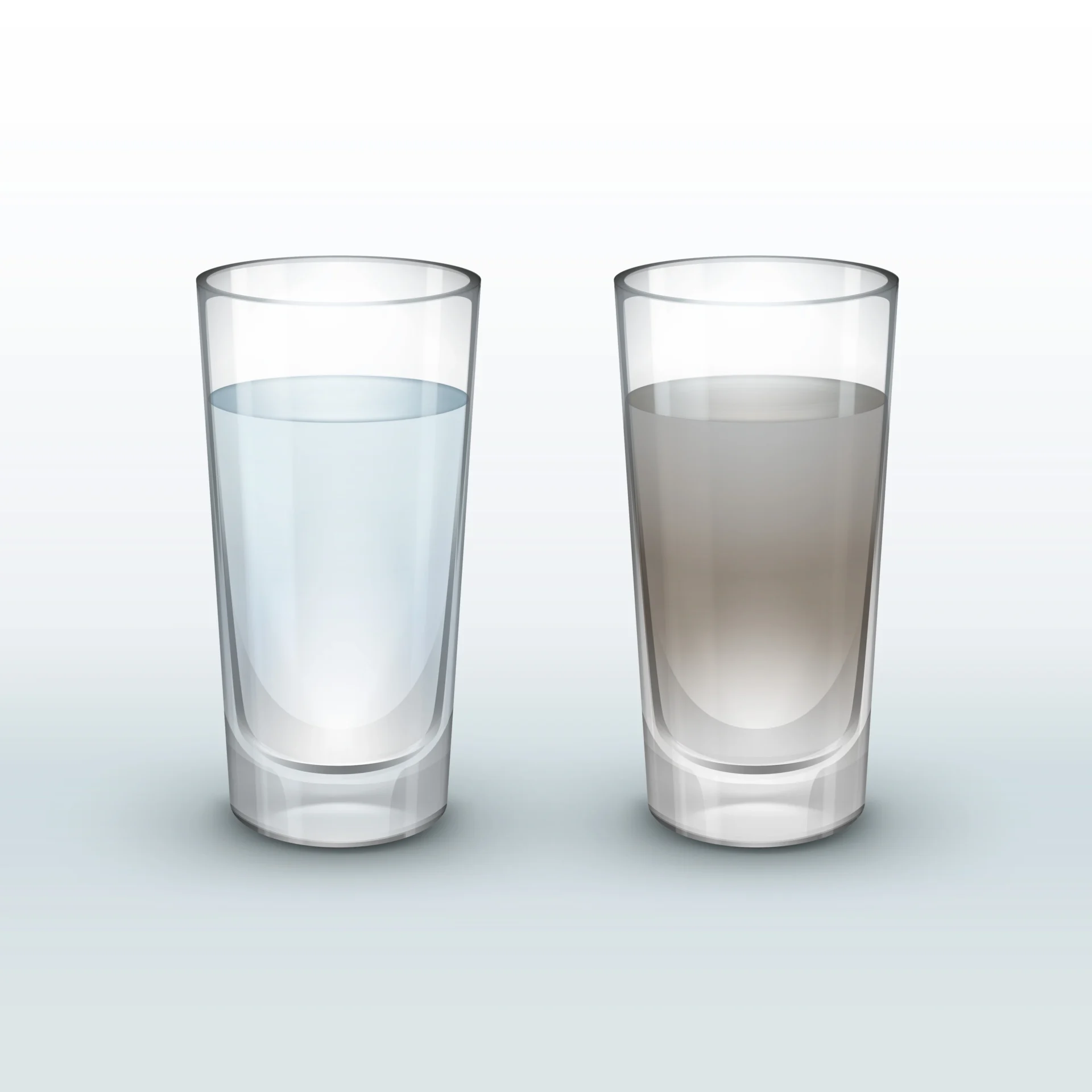
Essential Safety Features for Every Shower
Safety Features for Every Shower Shower safety is a top priority for a secure bathing environment. Falls are the leading

Imagine turning on your faucet for a refreshing drink, only to see brown water gushing out. It’s a startling sight that can leave you wondering about your tap water quality. This common plumbing issue affects many households and can stem from various sources.
Brown or discolored water often results from mineral deposits, silt, or corroded pipes in your plumbing system. While it may look alarming, it’s usually not harmful. Still, it can affect the taste and smell of your water, making it less appealing for daily use.
Understanding the causes of brown water and knowing how to address this issue is crucial for maintaining your home’s water quality. Let’s dive into the reasons behind this problem and explore effective solutions to get your crystal-clear water flowing again.

Brown water coming from your faucet can be alarming. Let’s explore the reasons behind this issue and its potential impacts on water safety.

Discolored water often results from rusty pipes in your home’s plumbing system. Over time, these pipes corrode, releasing iron particles into the water. Mineral deposits and sediment can also accumulate, causing brownish tints. Changes in water pressure may stir up these particles, leading to discoloration. Utilizing brass pipes, known for their resistance to corrosion, can significantly mitigate this issue, ensuring a cleaner water flow.
While unsightly, brown water is typically not harmful. The iron content in water is generally safe for most people. However, it can stain clothes and fixtures. If you notice persistent discoloration, it might indicate more serious plumbing problems that need attention.
Although brown water is usually not a health hazard, it’s essential to consider some factors:
If you’re concerned about your water safety, consider having your water tested. This can help identify any potential issues and ensure your water meets quality standards.
Figuring out why your water is brown can help you fix it fast. Let’s look at some important things to think about when dealing with discolored water at home.
Hot vs. Cold Water Discoloration
See if the brown water is just in hot water, cold water, or both. If it’s only hot water, it might be a problem with your water heater. Rusty parts inside could be causing sediment to come out. But if it’s cold water, the issue might be in your pipes or the water coming from the city.
Localized or Widespread Problem
Find out if the brown water is just in your house or if your neighbors see it too. If it’s just in your house, it’s likely a plumbing issue. But if it’s everywhere, you should call your local water company. It could be a problem with the city’s water or repairs done recently in your area.
Recent Disturbances
Think about any recent events that might have stirred up sediment:
These events can make your water brown by bringing up minerals in the pipes or the water table.
By thinking about these things, you can figure out why your water is brown. Then, you can take the right steps. This might mean fixing your water heater, getting plumbing help, or talking to your water company.

Seeing brown water from your faucet can be alarming. But, there are steps you can take to fix it. First, run cold water for 20 to 30 minutes. This action, called flushing pipes, might solve the issue.
If the water looks clear but still has brown water bits, you have more options:
If you have well water and see a lot of iron, think about getting water treatment gear. If the brown water is only in your hot water, your water heater might need a clean or check-up.
If the problem keeps happening, you should get a pro to look at it. A plumber can do a detailed check-up and suggest fixes. They might also do water tests to find out what’s causing the issue and make sure your water is safe.
Dealing with brown water quickly helps avoid health risks and keeps your plumbing in good shape. If these steps don’t work, don’t wait to get expert advice.
Brown water from your faucet often means your pipes are rusty or your plumbing is old. Let’s look at the signs of corrosion and when you might need new pipes.
Signs of Corroded Pipes
Pipe corrosion shows in different ways:
Impact of Older Plumbing Systems
Older homes often have galvanized iron pipes. These pipes rust easily and should be replaced after 20-50 years. As they get older, they can make your water look dirty and might be harmful to your health. Replacing old pipes with brass pipes can be a wise choice due to their superior resistance to corrosion and longer lifespan.
When to Consider Pipe Replacement
If you keep getting brown water, especially in an old home, it’s time to think about replacing your pipes. A professional plumber can check your system and suggest what to do next. You should replace your pipes if:
Fixing pipe corrosion early can stop bigger problems later. It also makes sure your water stays clean and safe for your family.
Brown water coming from your faucet might not always be a household problem. Sometimes, it comes from the city’s water treatment system. Public works departments often face challenges that can affect water quality in entire neighborhoods.
Water main breaks are a common problem. When these pipes burst, they can stir up sediment and rust, leading to discolored water. If you notice construction crews working on nearby streets, this could be the cause of your brown water woes.
Hydrant flushing is another routine maintenance task that can temporarily discolor your water. Fire departments or water utilities perform this to clear out stagnant water and ensure hydrants work right. While it may be inconvenient, it’s important for public safety.
If many households in your area have brown water, it’s likely a citywide issue. In such cases, the water utility may need to flush the entire system or address larger infrastructure problems. Remember, your local public works department is responsible for keeping clean, safe water for all residents.
Dealing with brown water can be frustrating, but you can try some home solutions. These methods can improve your water quality and keep your plumbing in good shape.
A simple way to clear brown water is by flushing your pipes. Run cold water from all faucets for about 20 minutes. This helps remove sediment and can often fix the problem.
It’s important to clean faucet aerators and showerheads regularly. Just unscrew these parts and soak them in vinegar to get rid of mineral deposits. This keeps sediment from building up and improves water flow.
Installing water filtration systems can solve brown water issues for good. Here are some options:
If you have well water, you might need special iron removal solutions. Remember, regular plumbing maintenance is key to avoiding brown water. By using these home water treatment methods, you can get cleaner, clearer water from your taps.
Brown water from your faucet is a sign you need to manage your water quality better. It’s usually not harmful but shows plumbing or supply issues. Taking quick action and regular care can keep your water clean and safe.
If you’ve tried fixing it yourself and still see discolored water, it’s time to call professionals. They can find the problem and fix it for good. They ensure your family’s health is protected from contaminated water.
Home water safety is key for your health. Think about getting a water filtration system for extra peace of mind. It’s a smart move for your home’s value and your family’s health. With the right care, you’ll always have clear, clean water when you need it.

Safety Features for Every Shower Shower safety is a top priority for a secure bathing environment. Falls are the leading
Receive your order to your door address anywhere in the world using our shipping partners
You're covered by our 30 days return policy
Big part of our reviews testifies about the quality of support provided
Secured payments using renowned payment gateways